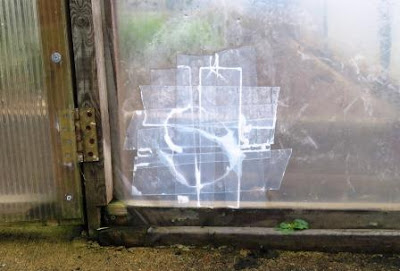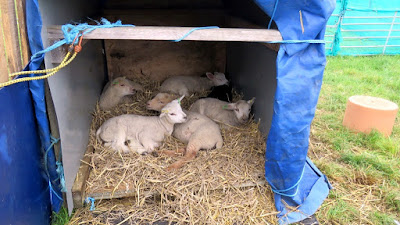 |
| HenSafe Automatic Chicken Coop Opener. Robust, Rugged, Reliable. |
Brrr....snow on the ground. If you need something reliable to open your chicken coop each morning, and to shut it at night, then HenSafe is your answer. This morning we woke up to freezing weather and lots of the white stuff but, as ever, we trusted our HenSafe to let our hens out - although, to be fair, they weren't that keen until we had cleared them a snow-free patch!
To find out more about HenSafe, visit the website: www.HenSafe.net
or our Facebook page: https://www.facebook.com/HenSafe/
Learnings:
- Choose HenSafe. Robust, Rugged, Reliable.



